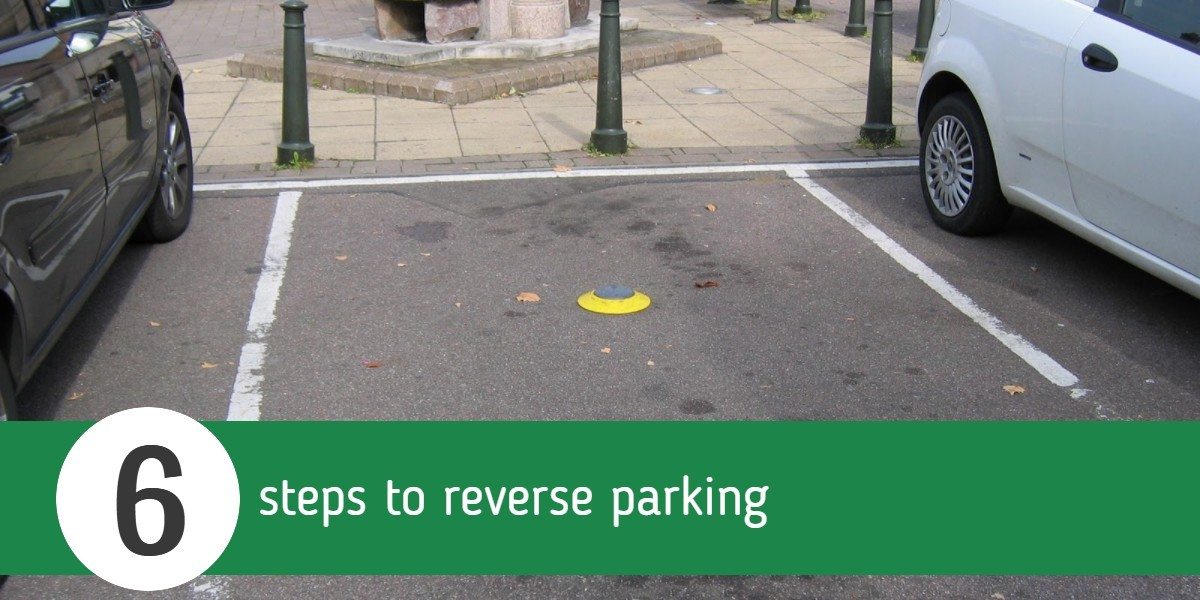Reverse bay parking is an essential element of every drivers education and one of the most useful skills for any road user. The most basic and common way to reverse bay park is to do it from a 90 degree angle, but you can also use the diagonal method, which some drivers prefer.
If you use multi-storey or supermarket car parks on a regular basis, reverse bay parking is the safest and most convenient way to park your vehicle. Have you ever seen someone struggling to reverse out of a parking space?
It might seem quicker to drive straight into a bay but it can be tricky to reverse back out again, especially when you have passengers in the back seat or at night when your vision is impaired.
Although it’s widely considered one of the most challenging maneuvers to teach and learn, it is far better to take the time to reverse into a parking bay than have to reverse out of one. Not only is it safer, reverse bay parking is also more eco-friendly as you will not use extra fuel moving the car when your engine is cold.
Here’s our 6 step guide to reverse bay parking from a 90 degree angle:
1) Slow down
Safety first, we don’t want any accidents! Keep the speed of your vehicle down to a slow walking pace. This will enable you to see pedestrians walking in front or behind your vehicle.
2) Choose your parking space
Select the bay you want to reverse into, making sure you have sufficient space to open your doors. Pull up about two lengths past the spot and select the reverse gear.
3) Observation
Just like step one, take a good look around you to make sure it is safe to move.
4) Turning Position
Reverse slowly until the first white line of your chosen bay is in line with the top of your back seat, checking your position through the passenger door window.
5) Steer
Steer full lock to the left (or the right, if you are reversing into a space on the right) as you reverse the car slowly and smoothly into the bay.
6) Straighten up
As the car becomes straight, you want to get it parallel with the white lines, so straighten your steering as appropriate so you end up in a central position.
Reverse Bay Parking – Diagonal Method
Once you’ve mastered the art of reverse bay parking from a 90 degree angle, you might wish to try the diagonal method. This can also be a more successful option for people who find the basic approach frustrating. You won’t fail your test if you don’t get your car into the bay in one movement!
Some learner drivers prefer the diagonal method because it is easier to notice errors in position. All you need to do is glance in the door mirror to check you’re positioned correctly.
Check out these six steps to reverse parking – diagonal method:
1) Choose your spot
Select your target bay and check your surrounding, ensuring there’s ample room to reverse into it. Move only when it is safe to do so
2) Angle the car diagonally
Pull the nose of your vehicle forwards at a 45 degree angle in front of the bay you wish to park in
3) Observe
Check all around you for pedestrians and other vehicles, paying particular attention to your blind spot
4) Reverse
When you’re certain it’s safe and your vehicle is clear, begin reversing slowly, keeping your observations up as you slowly turn the wheel
5) Position
Use the parallel lines either side of you to guide yourself into the bay, checking your side mirrors for guidance
6) Straighten up
Straighten your steering to ensure you end up right in the centre of the bay, with the same amount of space either side of the car
So there you have it, two different ways to reverse bay park in six easy steps.




